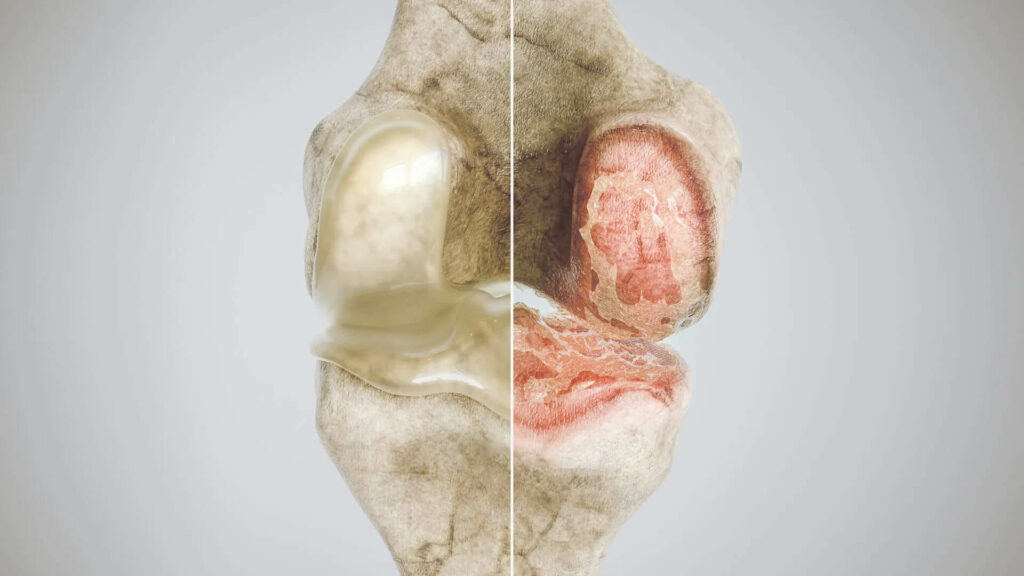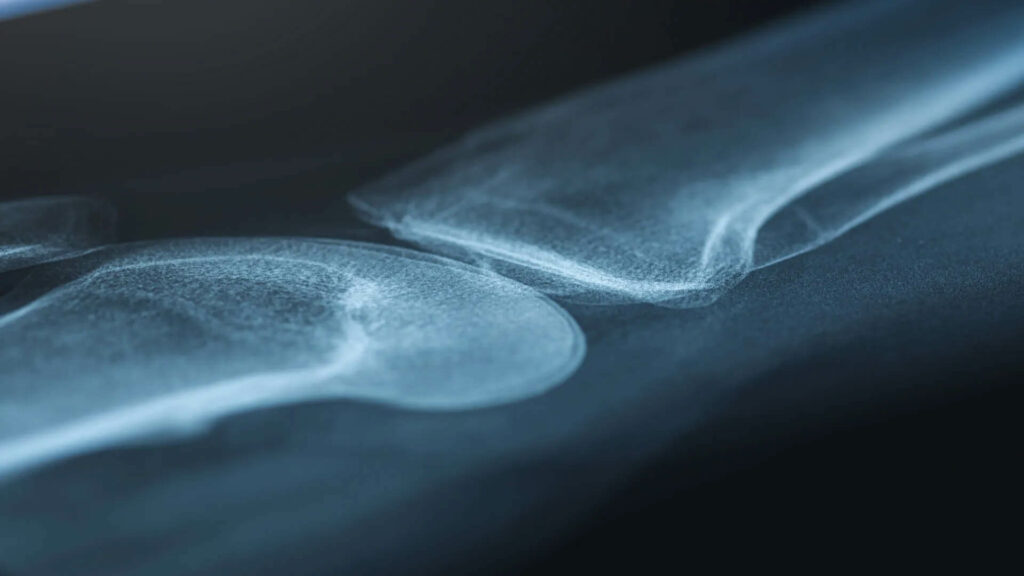Injections
Injections for Treating Bursitis and Arthritis
Bursitis and Arthritis are common conditions affecting millions of people. Injections are one way to treat these conditions. Learn more about orthopedic injections below.

Platelet-Rich Plasma Therapy
Platelet-Rich Plasma (PRP) Therapy is a type of regenerative medicine which increases the human body’s ability to heal itself by boosting the natural growth elements the body wields to repair tissue. Plasma makes up the majority of liquid blood, comprised mainly of water and protein. Plasma is what allows red blood cells, white blood cells, and platelets flow through the body. Platelets are a specific blood cell that allows the blood to clot when you get a cut. Platelet-rich plasma can be used to heal injured tendons, muscles, ligaments, joints, and skin. PRP therapy can be used for tendinitis, torn tendons and muscles, arthritis and joint pain or injuries, and even alopecia, which is a form of hair loss. Blood is withdrawn from a patient and the platelet-rich plasma is removed from the blood. A doctor will numb the injured location of the body and inject the platelet-rich plasma. Once injected into the injured area, the platelets enable the body’s natural growth elements which allows for exponential cell restoration. One PRP injection is about thirty minutes, varying on the location of the injection.
Viscosupplementation Treatment for Knee Arthritis
After nonoperative treatment has been exhausted, such as increased exercise via low-impact activities, weight loss, nonsteroidal anti-inflammatory drugs (NSAIDs), stretching and physical therapy exercises, and even Cortisone injections, a doctor may suggest a Viscosupplementation. A Viscosupplementation of the knee is where hyaluronic acid, or hyaluronate, is injected into the knee. The function of cartilage is to reduce the bone-on-bone friction while performing movements. Cartilage contains synovial fluid, which is essentially a lubricant for cartilage. The concept of a Viscosupplementation is to assist the lubrication qualities of the synovial fluid in an effort to decrease the pain and inflammation of arthritis, in this case, the knee. With enhanced synovial fluid, the goal is to achieve better agility and amplified level of comfort while executing activities. Three to five injections, depending on the severity of the arthritis, are needed within one week of each other to effectively alleviate pain. Pain relief can occur within three to five weeks after all injections have been completed with the majority of patients experiencing the most pain relief eight to twelve weeks following the first two injections.


Pes Anserine (Knee Tendon) Bursitis
Pes anserine bursitis occurs when the bursa between the tibia (shinbone) and the sartorius, gracilis, and semitendinosus (the three tendons of the hamstring muscle inside the knee) becomes inflamed. The bursa becomes agitated and overproduces synovial fluid. Synovial fluid is the body’s lubricant for cartilage allowing bones to glide over each other with the least amount of friction. When excess synovial fluid is produced, inflammation occurs. The inflammation exerts pressure on the adjacent parts of the knee. The most obvious symptom of pes anserine bursitis is discomfort and sensitivity inside of the knee, about two to three inches down from the joint. The pain will get worse with activity and walking upstairs. Additionally, inflammation and sensitivity to the affected knee are warning signs of pes anserine bursitis too. Over usage and ceaseless friction can lead to pes anserine bursitis, especially common in runners and those with osteoarthritis in the knee. Tight hamstring muscles, being overweight, out-toeing (duck-footed), knock knees (knees touch when feet are shoulder-width apart), failure to stretch before or after working out, unnecessary hill running, rapid workout intensification, and improper workout practices can all lead to pes anserine bursitis.


